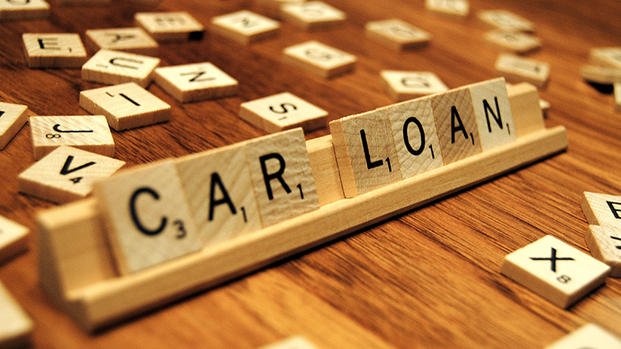I was watching an online conversation about cars today, and one thing jumped right off the page. One person was absolutely, completely focused on the monthly payment. She didn’t seem at all concerned with the price of the car, or the terms of the loan. She just wanted to know how much it was going to cost each month.
While I understand that monthly payment is important to a monthly budget, the monthly payment amount is only one consideration when buying a car. Why? Because there is always a way to get to the monthly payment that you desire, usually by extending the loan term. And longer loans are almost never a good idea.
Rob Aeschbach of the Military Financial Planner recently introduced me to a super-simple guideline for figuring out how much car you can afford to purchase. The 20/4/10 rule says that you should always make a 20% down payment, never finance your purchase for more than 4 years, and keep payment amounts at less than 10% of total monthly take-home pay. More importantly, there are solid reasons behind each number. As with any guideline, there are all sorts of reasons why you might want to spend more or less than the amount suggested. Use these figures to think about what is actually right for your particular situation.
Down Payment
Putting 20% of your own money towards your new car purchase should ensure that you are never “upside-down” or underwater on your new car. This eliminates the need for expensive GAP protection, or finding yourself stuck with a balance due if your car is totalled in the first few months (or years) after purchase.
Loan Term
Keeping your car loan under four years is good for many reasons. The first reason is the same as the reason for having a sizeable down payment: you want the car to be worth more than you owe quickly. Secondly, shorter loan terms mean that the car might have residual value if you decide to sell. Third, the shorter the loan, the quicker you can start saving that money (hopefully so you won’t need a big loan with the next purchase.) Fourth, the longer the term, the more interest you will pay on the same loan value. Lastly, longer loans typically carry higher interest rates, further increasing the overall interest paid and therefore, the actual cost of purchasing the car.
Monthly Payment
Once you’ve fulfilled the other two parts, it is important to ensure that you can afford the monthly payment. The 10% of take-home pay guideline should mean that the payment won’t strain your budget and can still be made even if your circumstances change.
Some people use a 20% of take-home pay figure, but that should include all the costs of transportation, including insurance, fuel, maintenance, parking, and anything else that goes into your vehicle costs.
After all this discussion of car loans, don’t forget that my primary position is that car loans are a last resort when you don’t have enough savings to buy even the dumpiest of cars, or if you find yourself in an unusual situation where a car loan is the only option. If that is the case, I always recommended the smallest loan paid off over the shortest period of time.
Shiny new cars are fun, but they’re only shiny and new for a short-time. Be sure that your car buying choices are based on sound financial principles, and don’t sacrifice your overall financial well-being without doing some serious thinking.
(Photo courtesy of: www.gotcredit.com)









